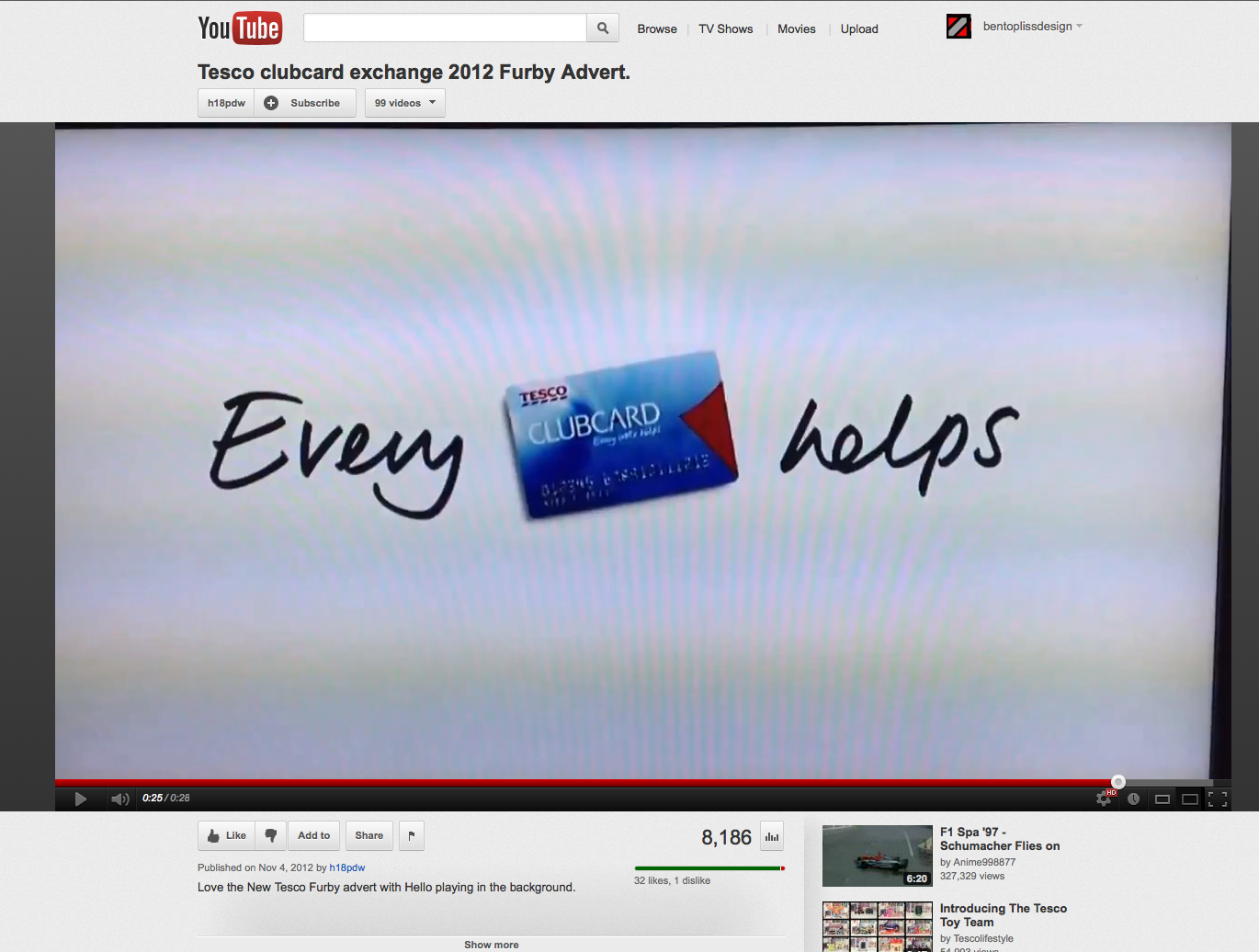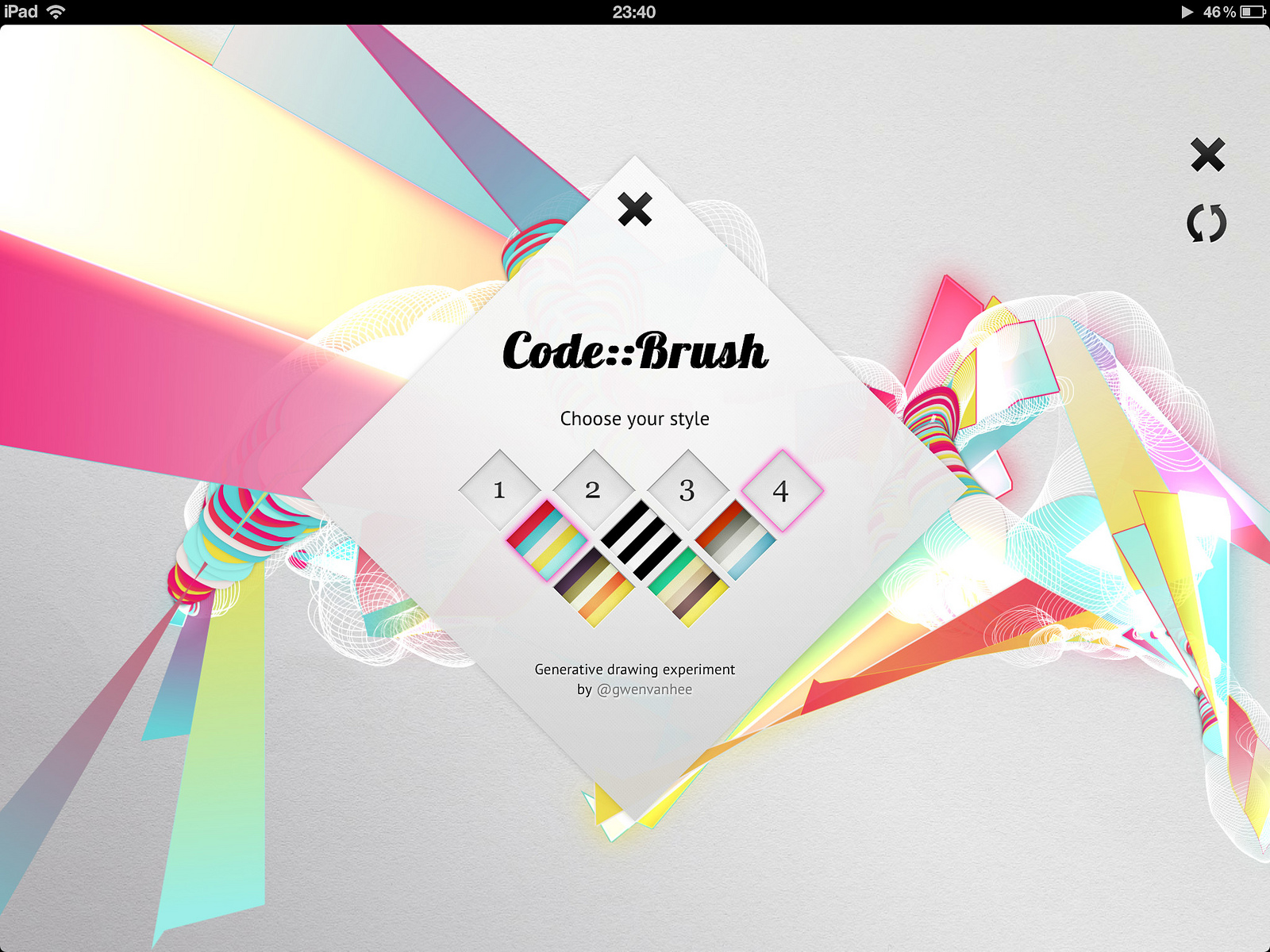You're starting at the bottom - but working as a designer, not just making tea. (Image: Sweaty Eskimo - www.sweatyeskimo.co.uk)
Design portal and sister publication to Computer Arts magazine, Creative Bloq recently asked me to give some career advice for those studying design or looking for their first jobs in the creative industries.
The article also includes tips from Peter Knapp, executive creative director, Europe and Middle East at Landor Associates, award-winning designer and art director Craig Ward.
It covers everything from eduction, starting salaries, skills required, agency vs in-house and career progression.
Head over to the Creative Bloq site to read the full article, or read my story and advice below on what its like being the junior.
09. What it's actually like to do the job

Now a senior designer, Ben Topliss explains what it was like being a junior designer
Earlier this year, multi-disciplinary designer Ben Topliss started a new senior designer position at sports and fashion-wear retailer JD PLC that was created especially for him. Since graduating seven years ago, he's been busy honing his skills at the likes of international advertising agency TBWA and developing his freelance career. He explains how he got to here from his first junior designer position, and what it's really like being a junior designer...
Creative Bloq: Your first job out of uni was junior designer at an architectural practice called Prism. What did you study at uni, and how well did your course set you up for this role?
Ben Topliss: I studied product design at university, with a minor in interactive design. I didn't realise until I'd signed up to study for the interactive modules that graphic and digital design were things I was really passionate about and wanted to do after graduating.
The main thing I took from studying design at university was the process of design and problem-solving. I didn't do any placements or internships in agencies or studios, but I did as many jobs as I could get my hands on for local businesses, designing anything they'd let me including identities, branded stationery, websites, booklets, flyers and menus. Taking this also route taught me about the other side of design - dealing with clients, and managing my time and finances - which can be just as important as the actual work.
CB: What was the job market like after you graduated? How tricky was it to get your first job as a junior designer?
BT: It was a struggle to get a job after graduating. It's so competitive out there and it's hard to differentiate yourself, especially when competing against others with graphic design degrees. I wrote a lot of letters but didn't really get anywhere. I had a few interviews and finally got something in the September after graduating. It was great to finally get a job.
CB: Why did you decide to work in-house as a junior designer, rather than in a design studio or agency?
BT: Prism was a small design studio and I got to work on projects for clients including Sainsbury's, Cambridge University and Marks & Spencer. There were only four designers - two senior and two junior - so I got to work on some large projects straight away, as everyone had to get stuck in.

Ben is currently working at TBWA
CB: Talk us through a typical day - what were your responsibilities?
BT: As it was only a really small agency I'd have to do plenty of admin-type jobs like order the stationery, be the IT guy and make tea for everyone. But I'd also get to head out to client meetings and take ownership of projects, which was good as you might not necessarily get that level of trust working somewhere larger.
CB: What was the best part of the job?
BT: Actually doing work and getting paid for something I wanted to do was great. It wasn't groundbreaking stuff by any stretch of the imagination, but I was working in the industry I wanted to be in and gaining experience all the time. To me then, that was amazing.
CB: How long did you work in this position before taking the next step in your career, and what did it take to move up the ladder?
BT: I spent a year at Prism, and another year in my next job - both in small teams so I did get to take control of a lot of projects, but I maybe missed the guidance I would have got from larger organisations.
Stepping up to the next level in a much larger agency was fun: suddenly I was working with a large group of really talented creatives. I certainly had a feeling that I needed to up my game. That's how you improve though. You need to get out of your comfort zone, push yourself to be better and learn from those around you.
CB: How long did it take you to get to a senior designer position?
BT: I graduated about seven years ago, with the last three of those working at TBWA. There I had the opportunity to learn from lots of talented people and gain some good experience working on some great projects, big and small, for clients like Manchester United, EA Games and BP.
CB: What do you love most about your job now?
BT: Getting to work with talented and inspiring people. I've got a busy couple of months coming up, with the launch of at least two iOS apps and a couple of site redesigns on the horizon.
CB: What advice would you give a junior designer for becoming a senior designer?
BT: Work hard, ask questions and soak up as much as you can from more the experienced people you are working with, whatever their job role. Do the jobs no-one else wants to do - make yourself indispensable.
Also, it pays to be nice. The industry is smaller than you think - you never know when you'll come back into contact with someone you used to work with, met at an industry event or even slated on Twitter.













![Reebok – NBA All Star Event [2022]](https://i0.wp.com/bentopliss.com/assets/2022/03/Project_panel_480x328px__0007_ALLSTAR.jpg?fit=480%2C328)


























![Reebok x Jurassic Park [Pitch]](https://i0.wp.com/bentopliss.com/assets/2022/03/Project_panel_480x328px__0006_JP.jpg?fit=480%2C328)






































































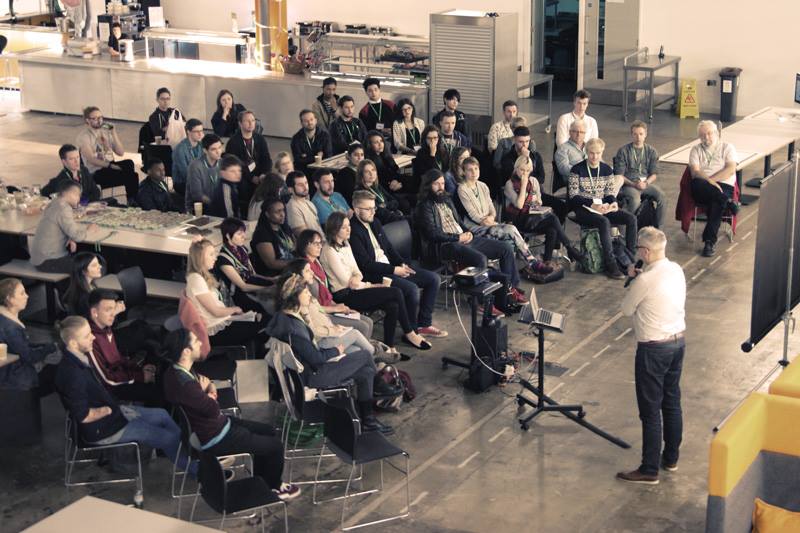




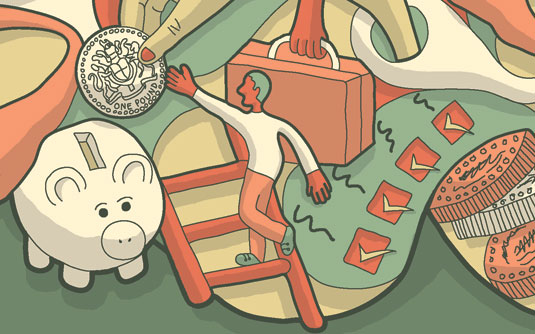



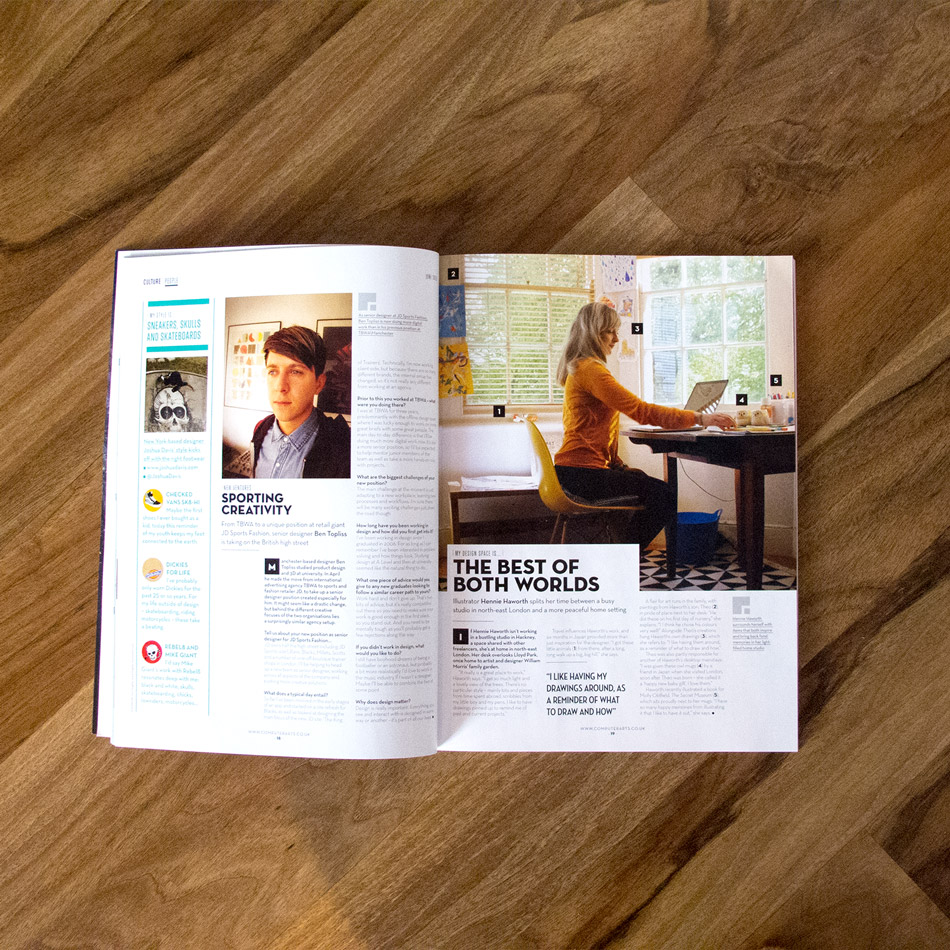

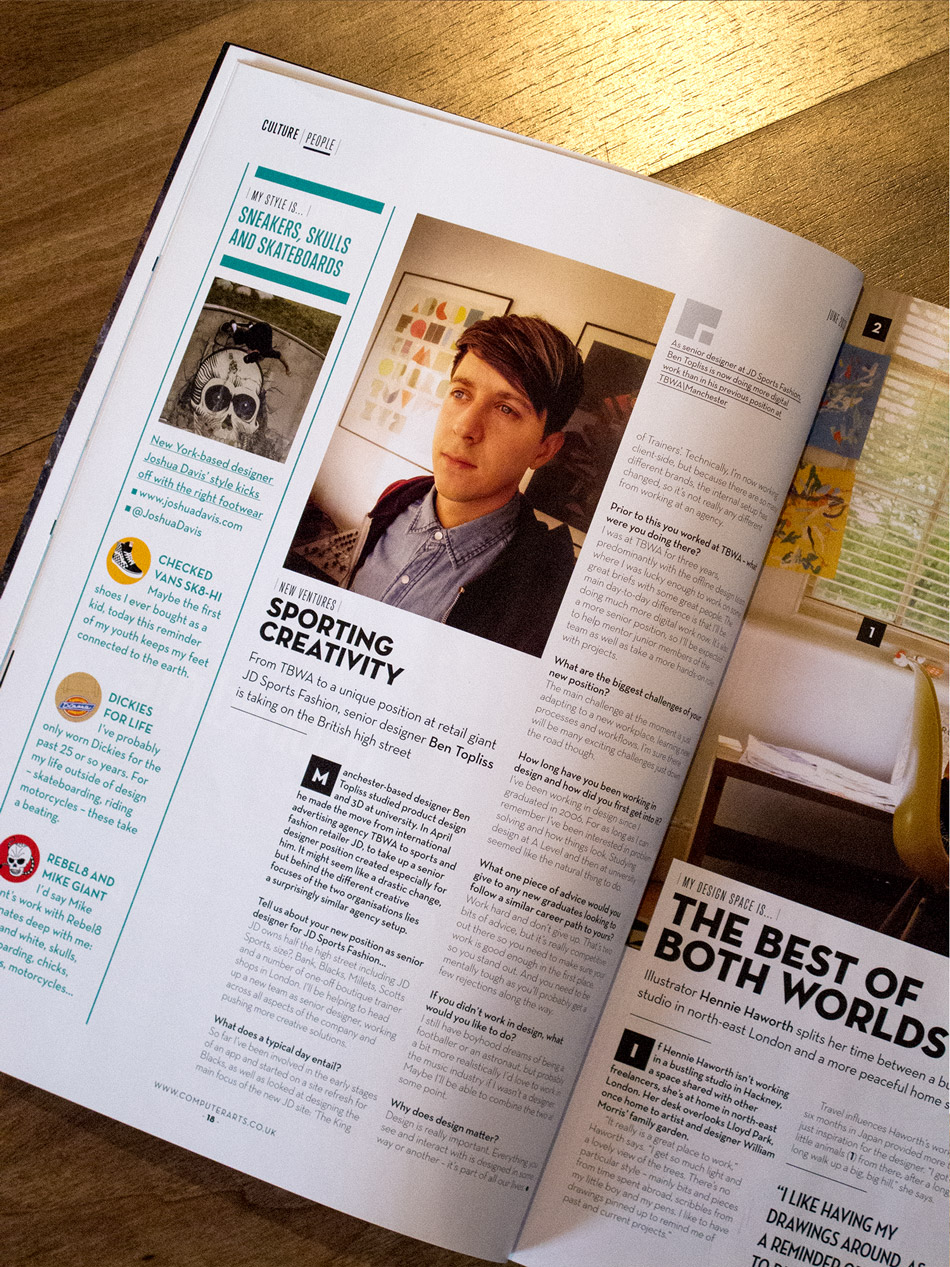
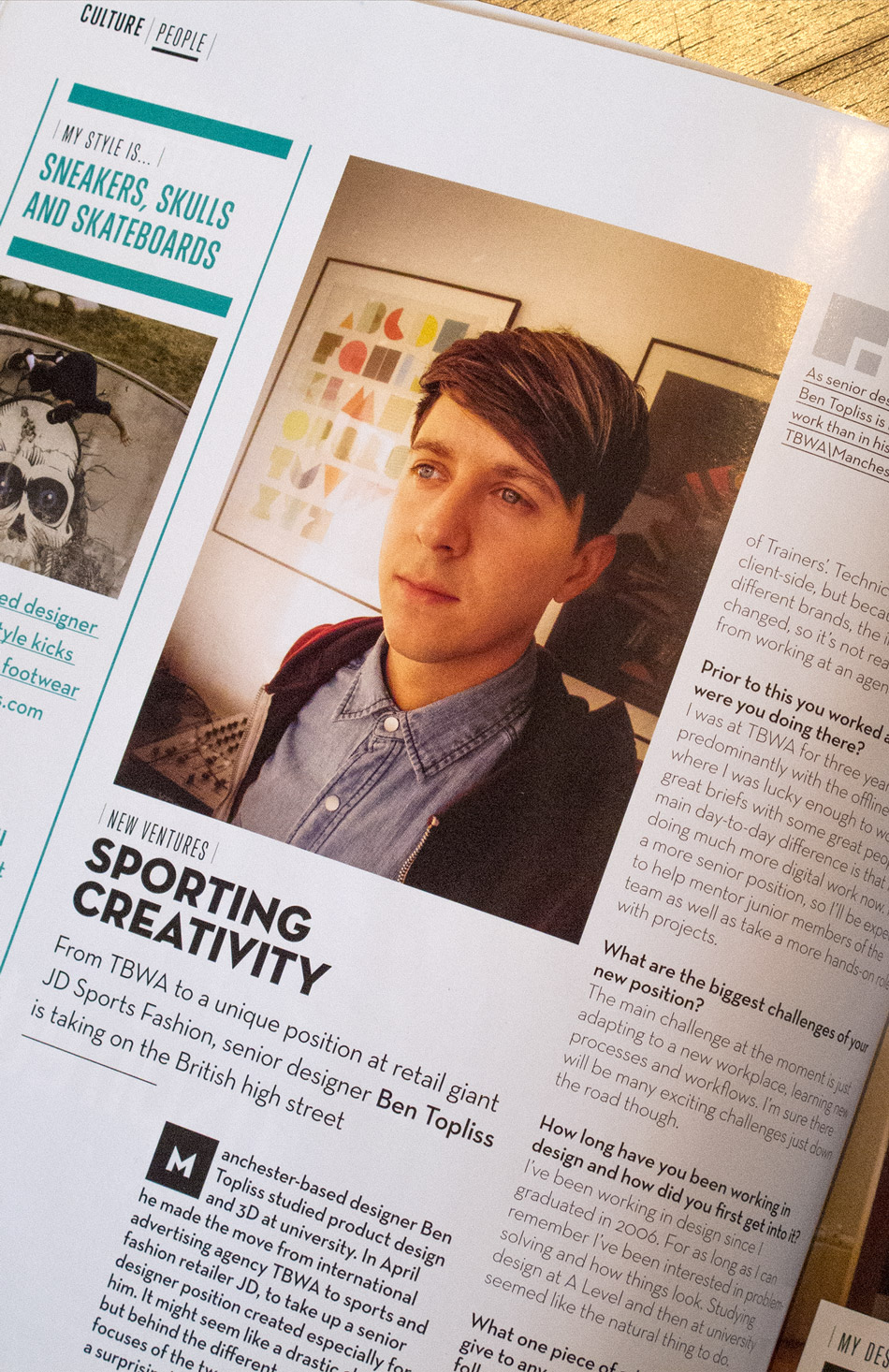



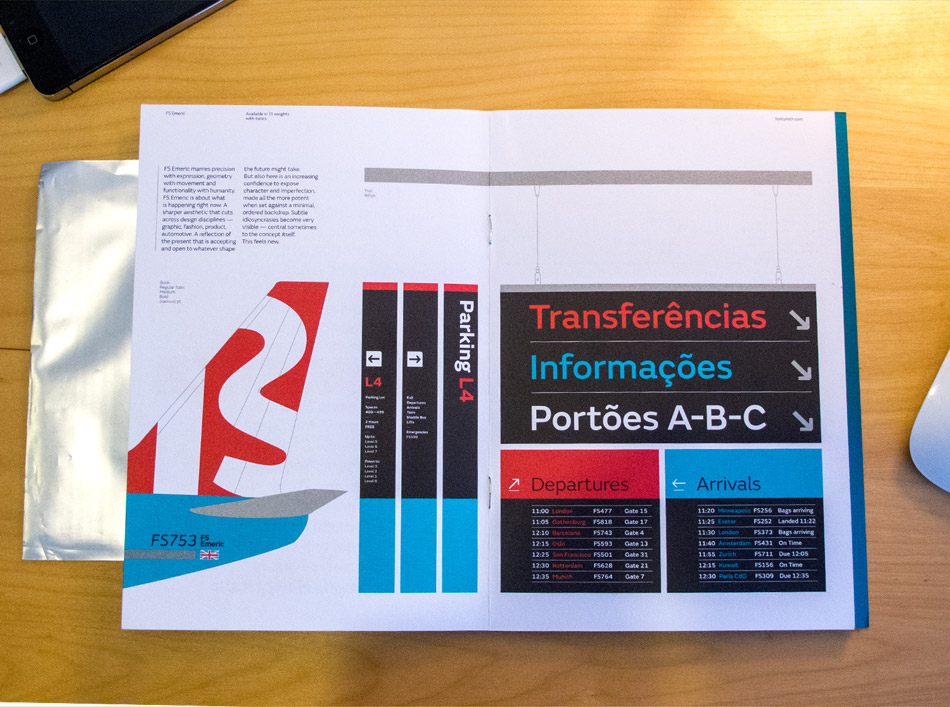
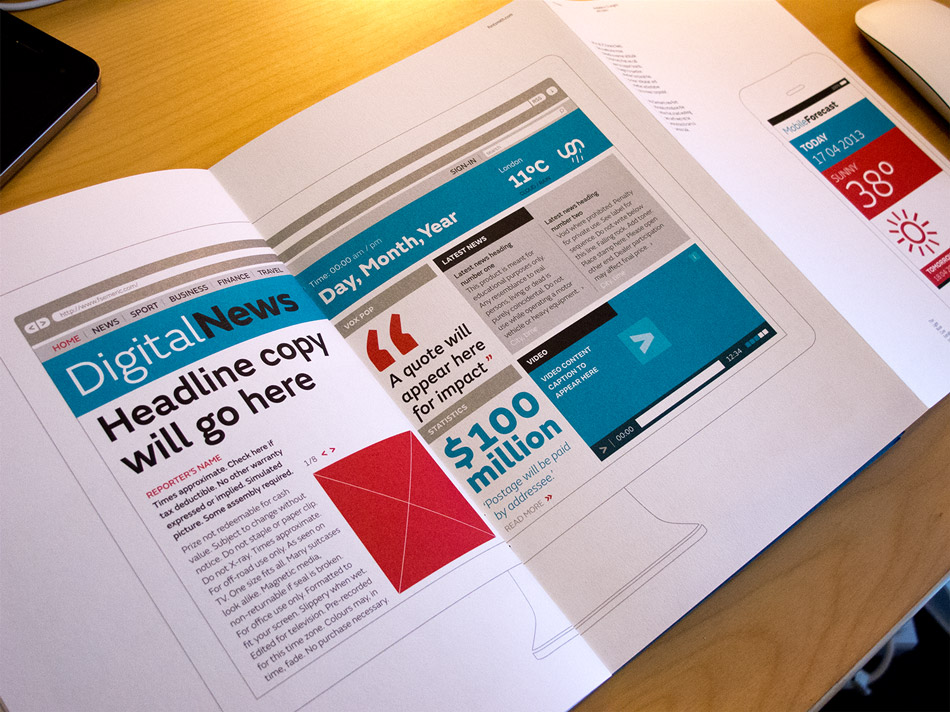
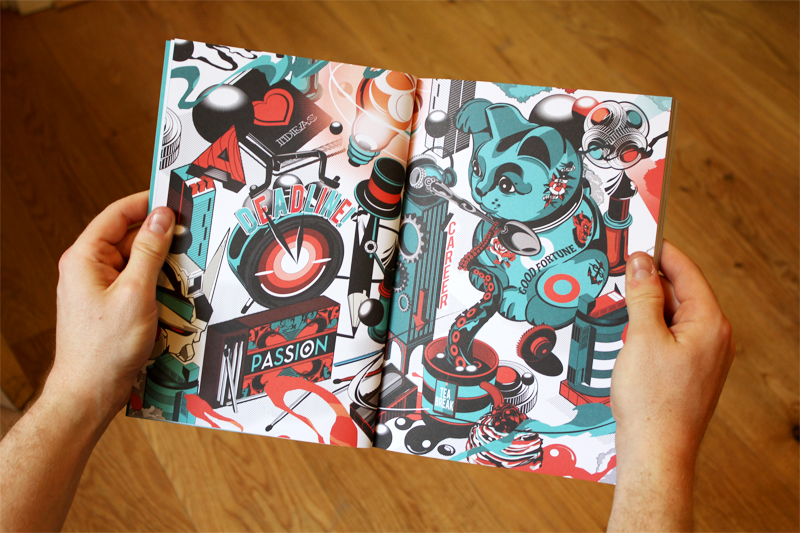




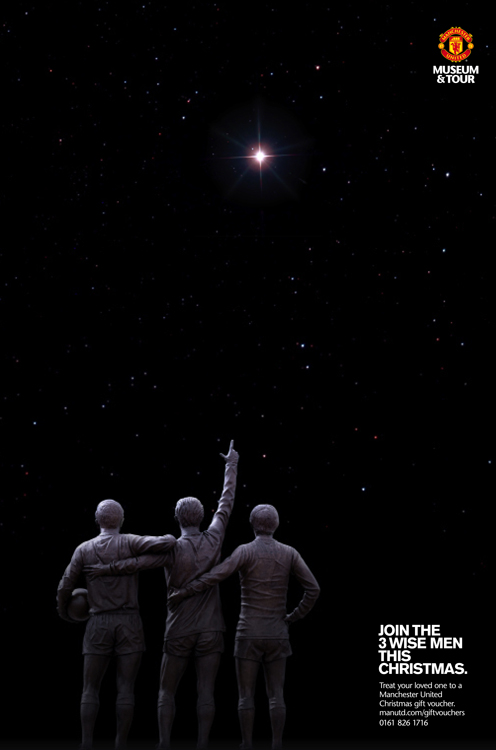





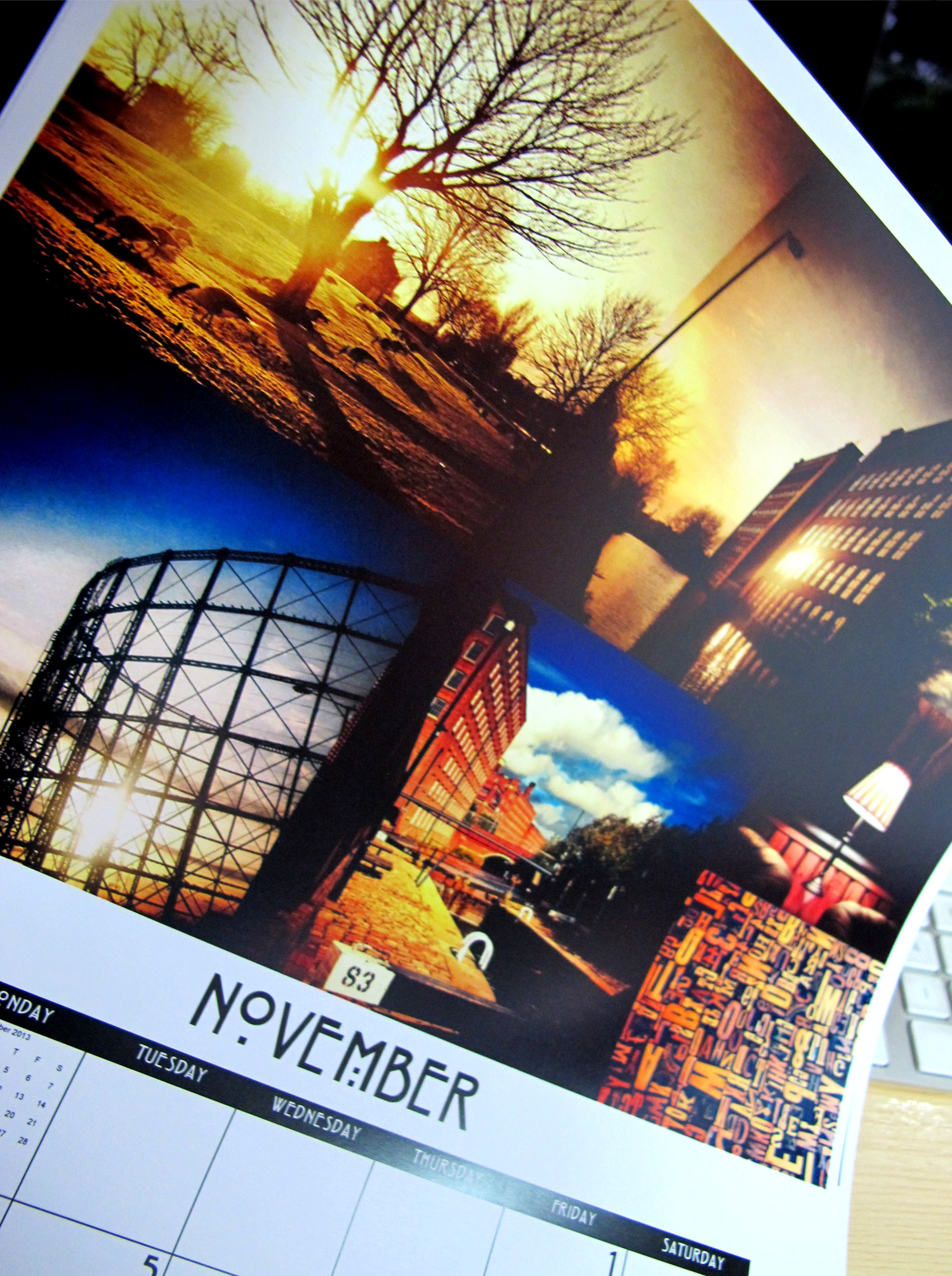


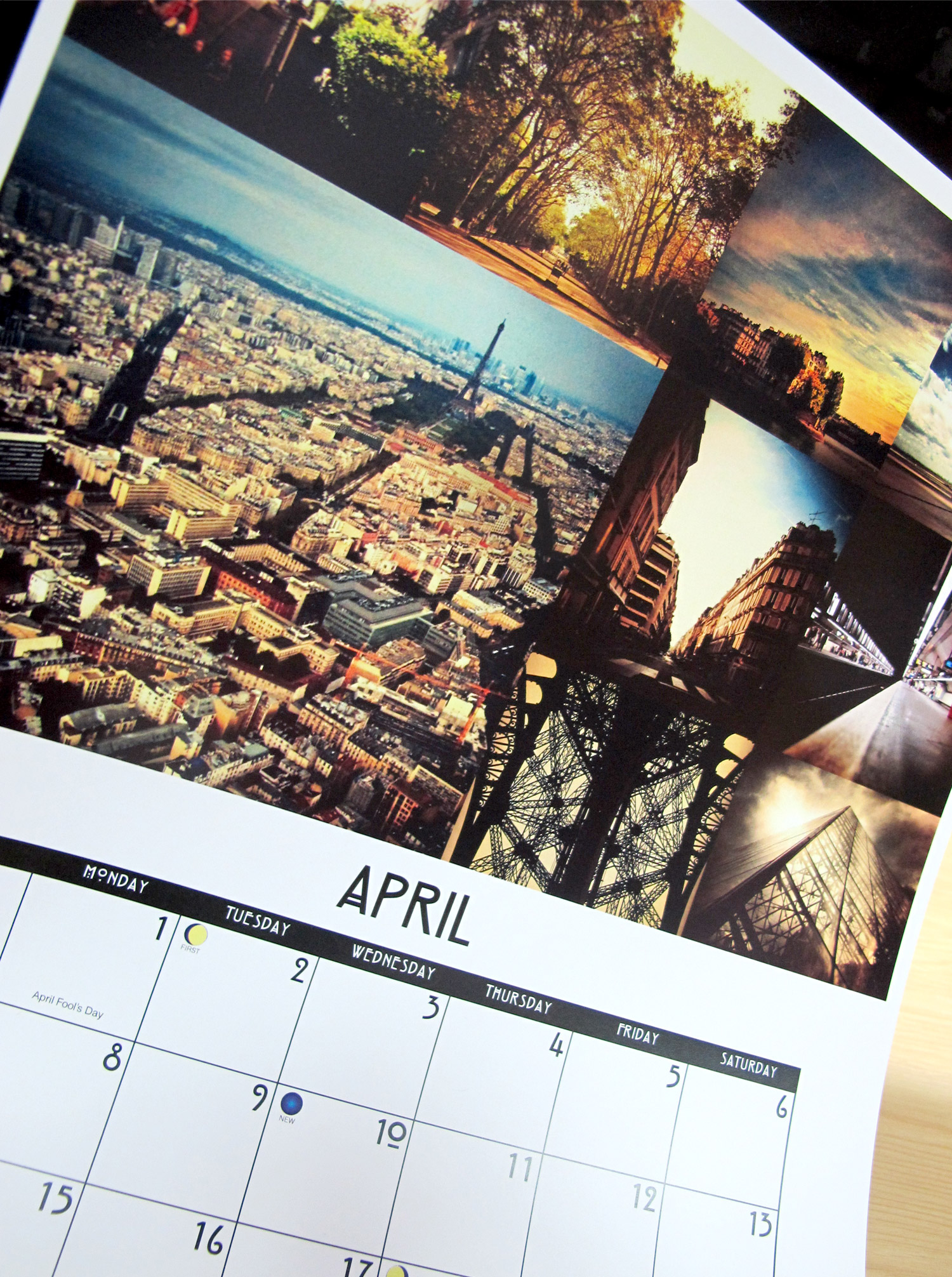

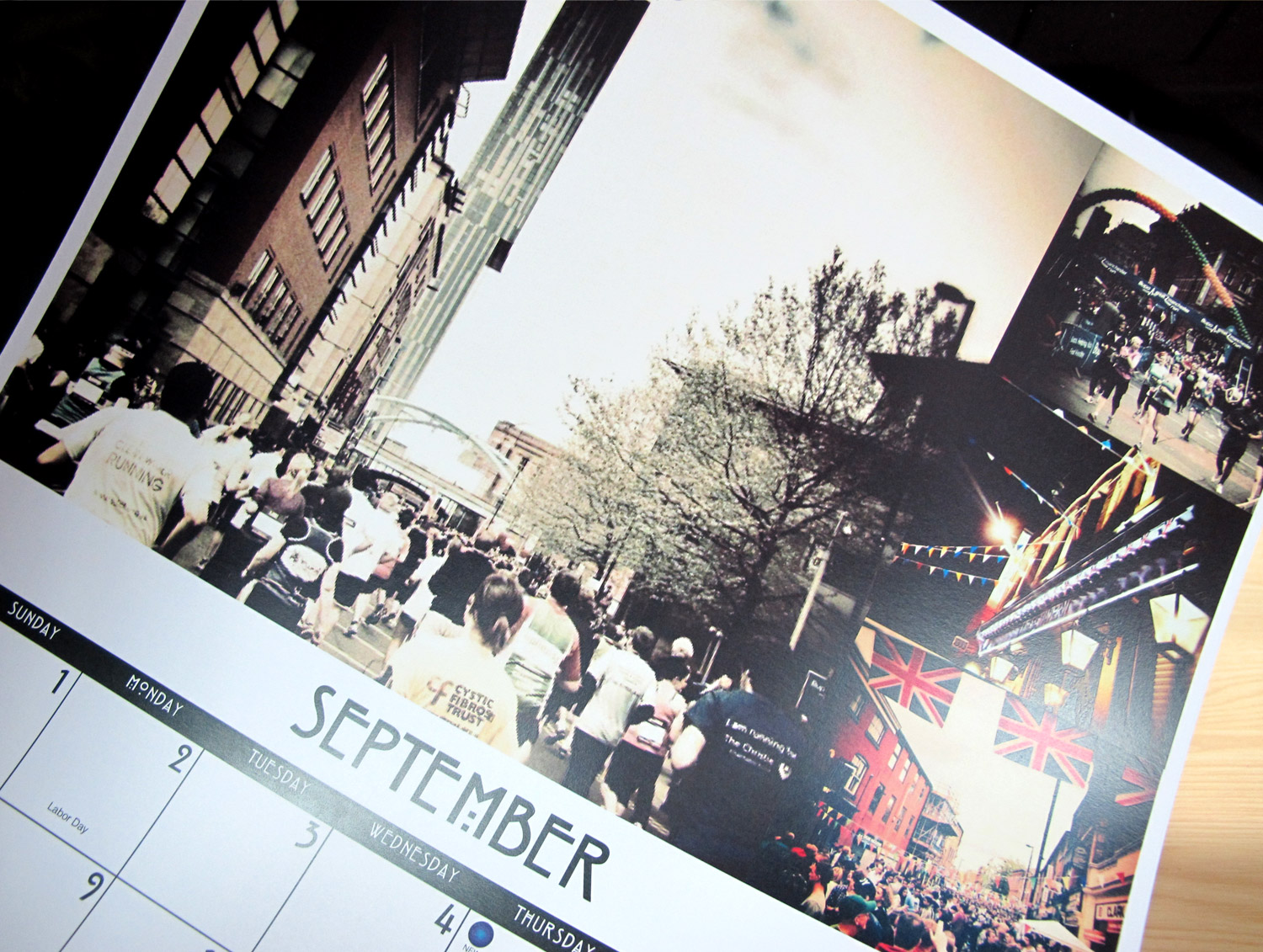

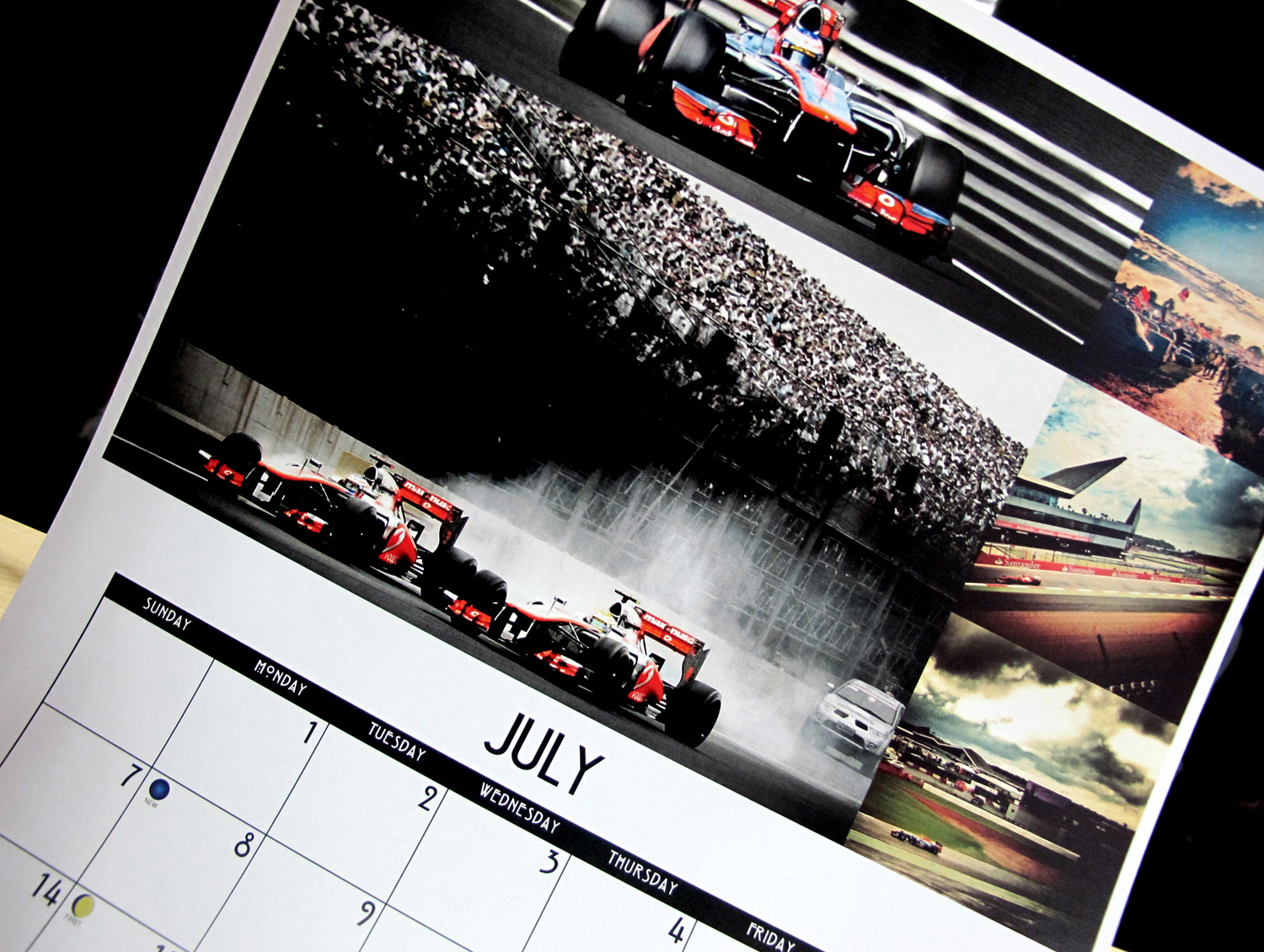

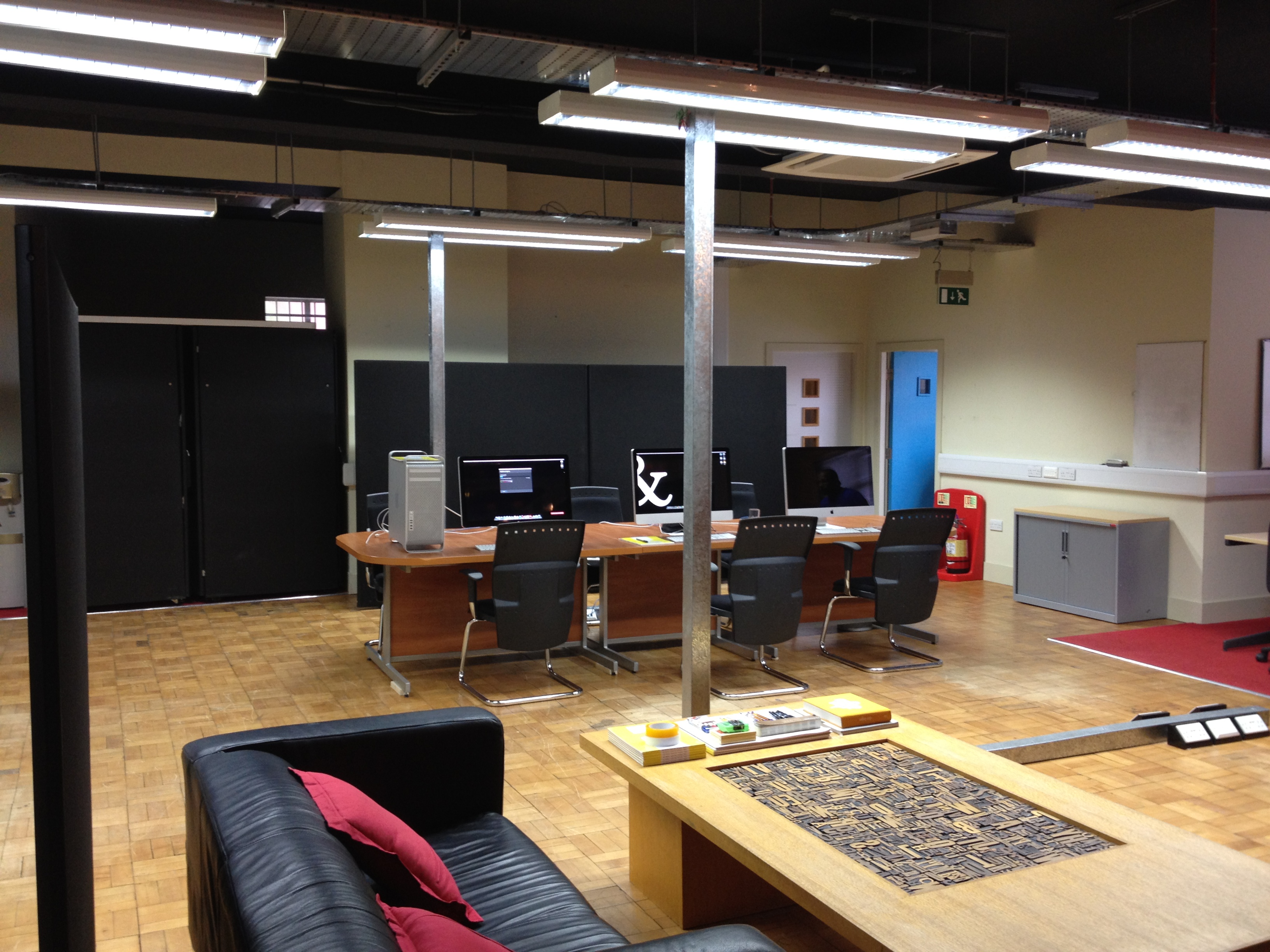
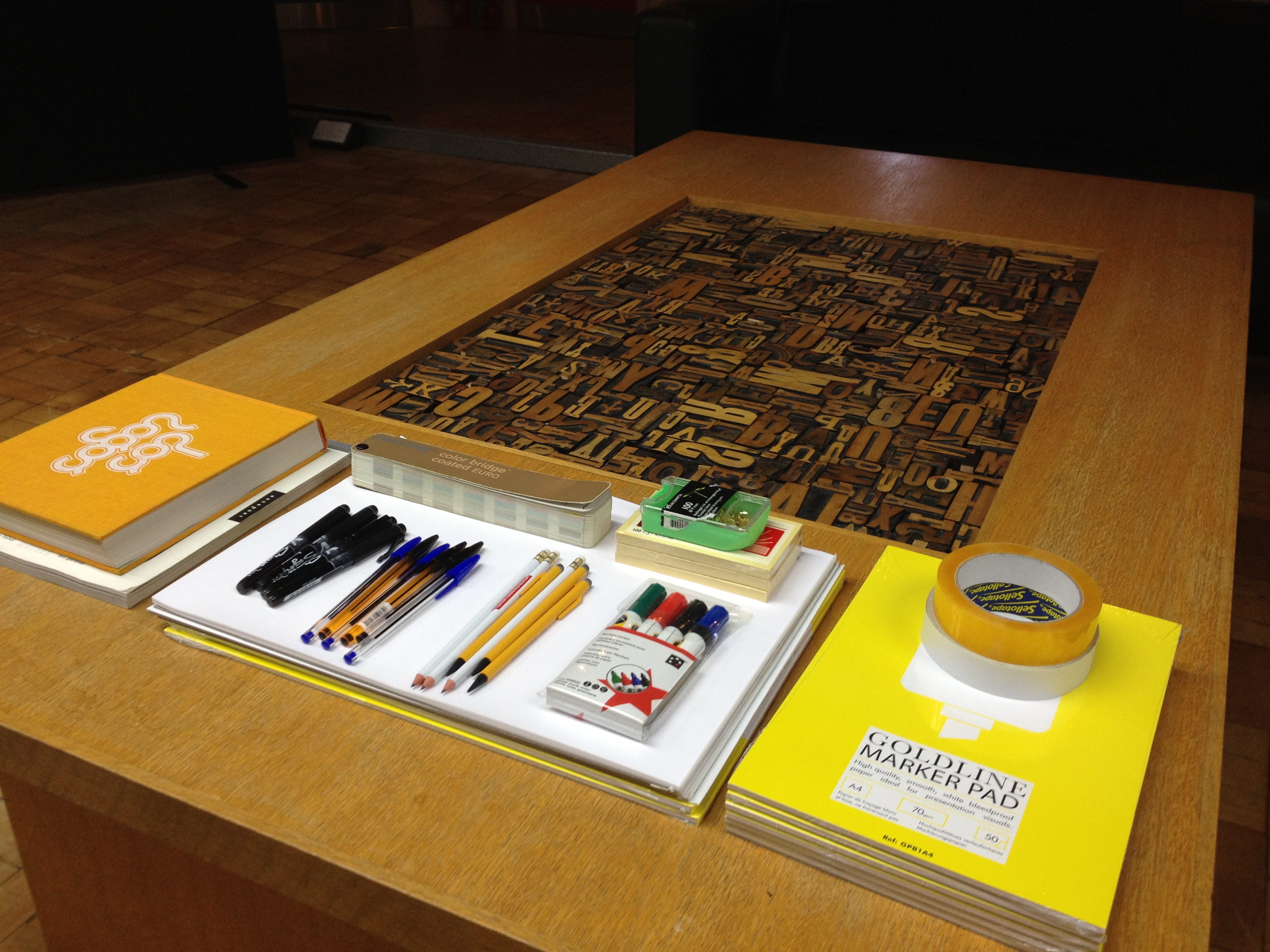

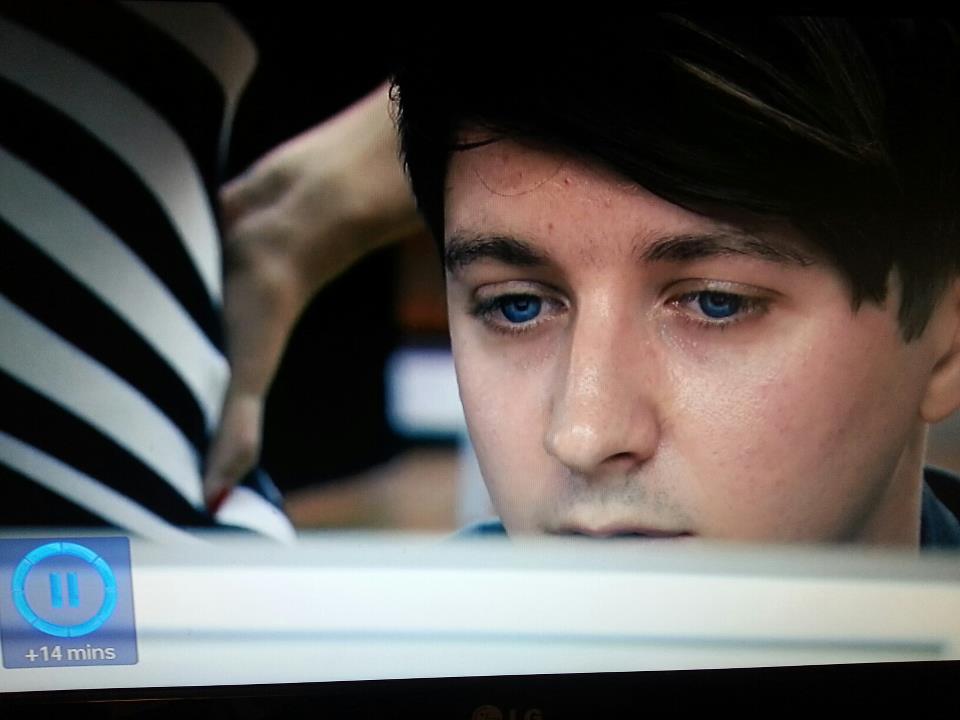
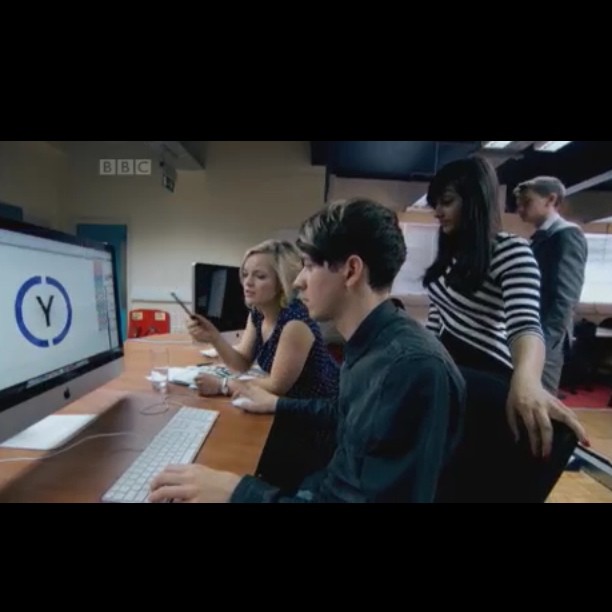
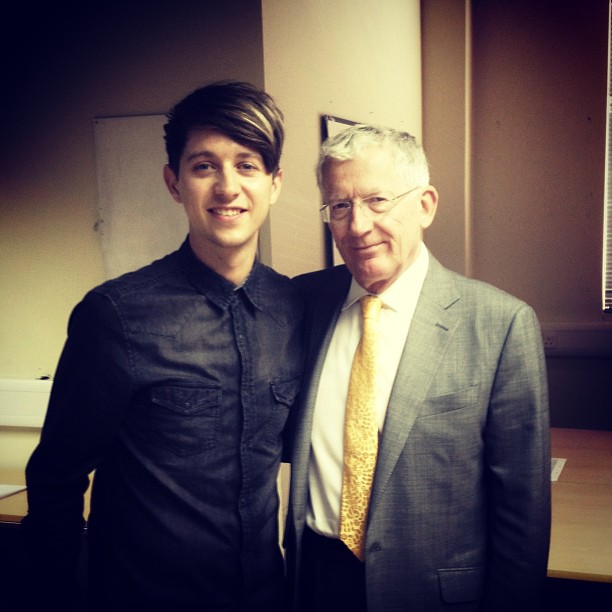
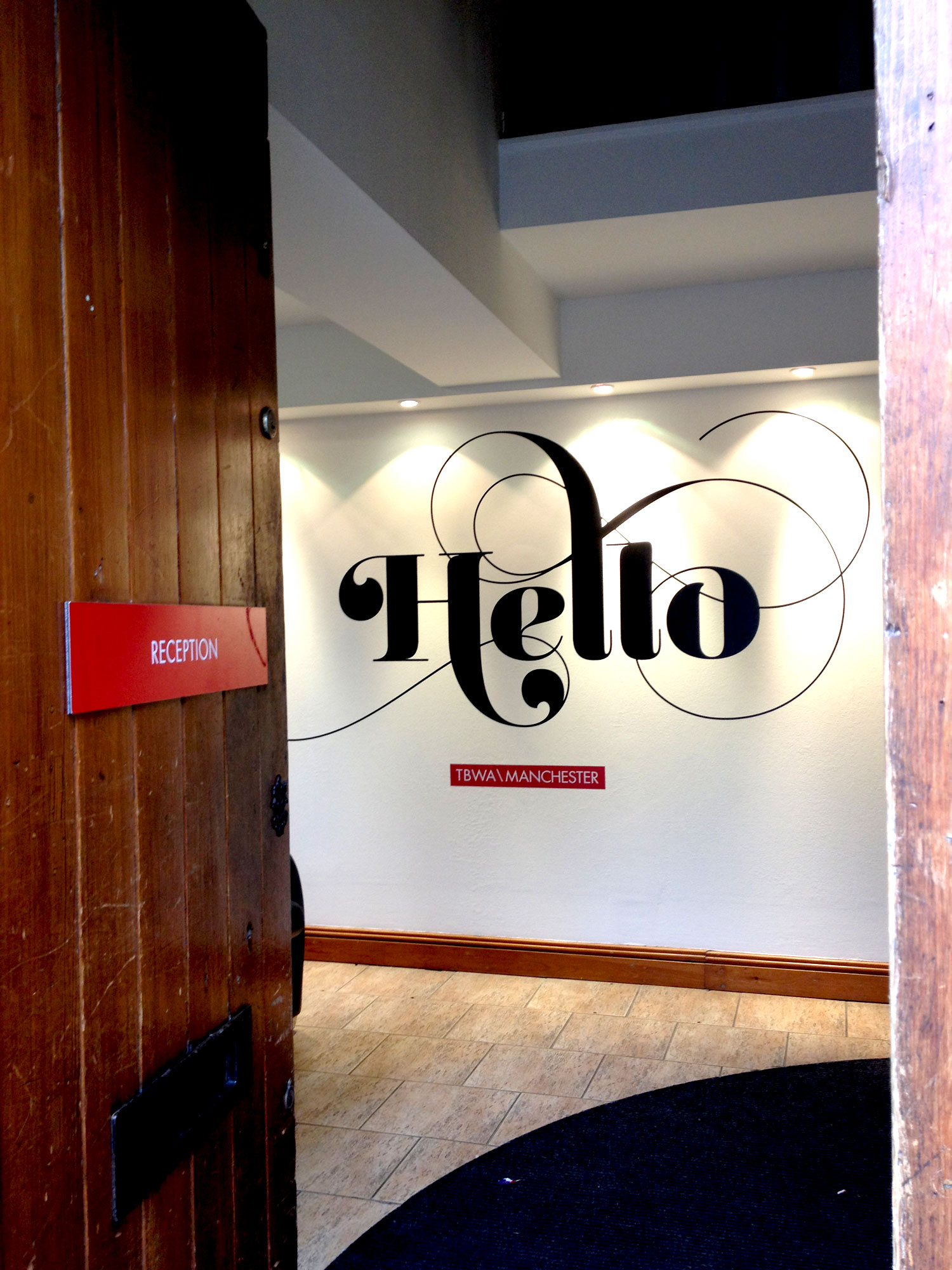
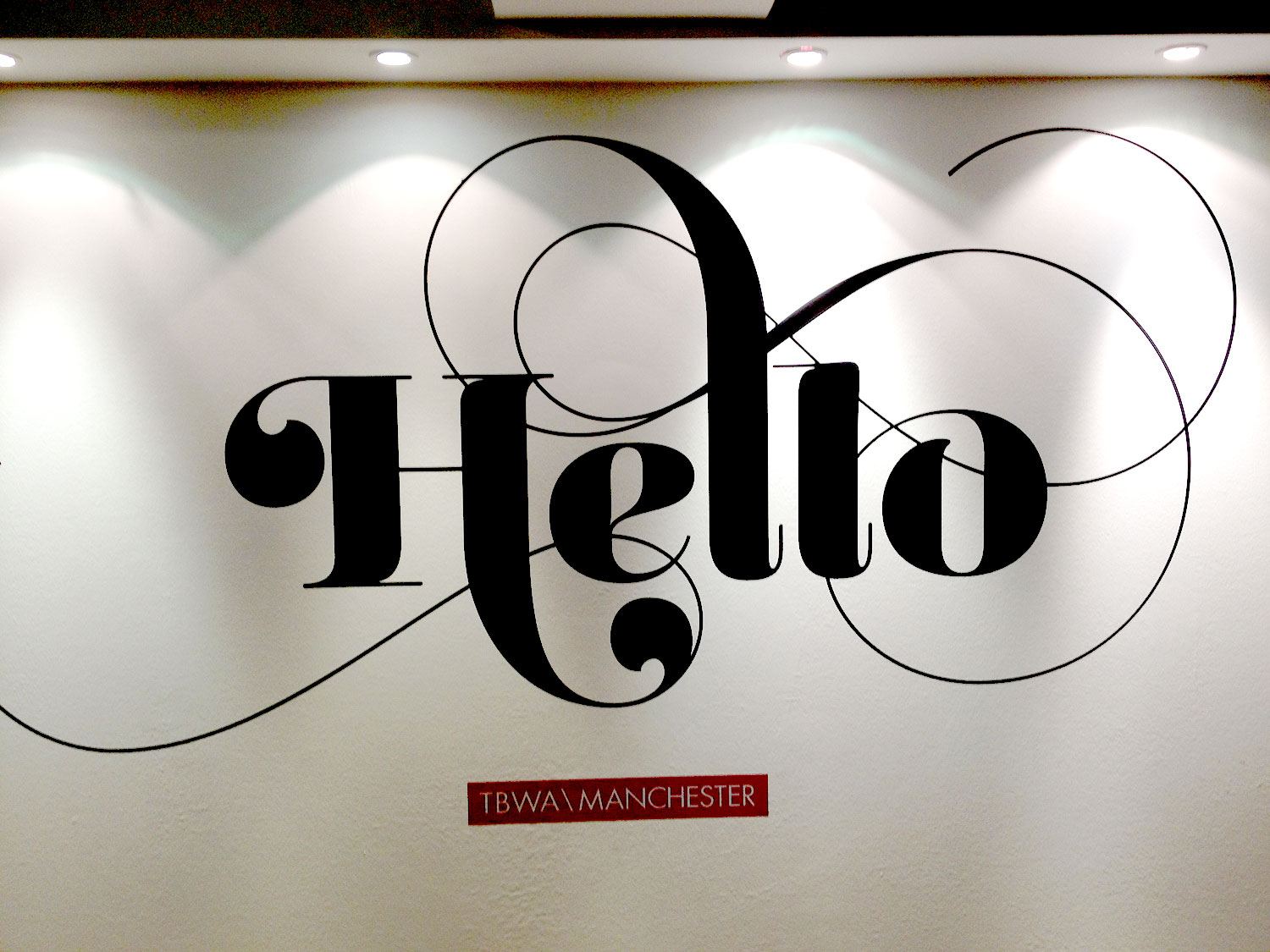
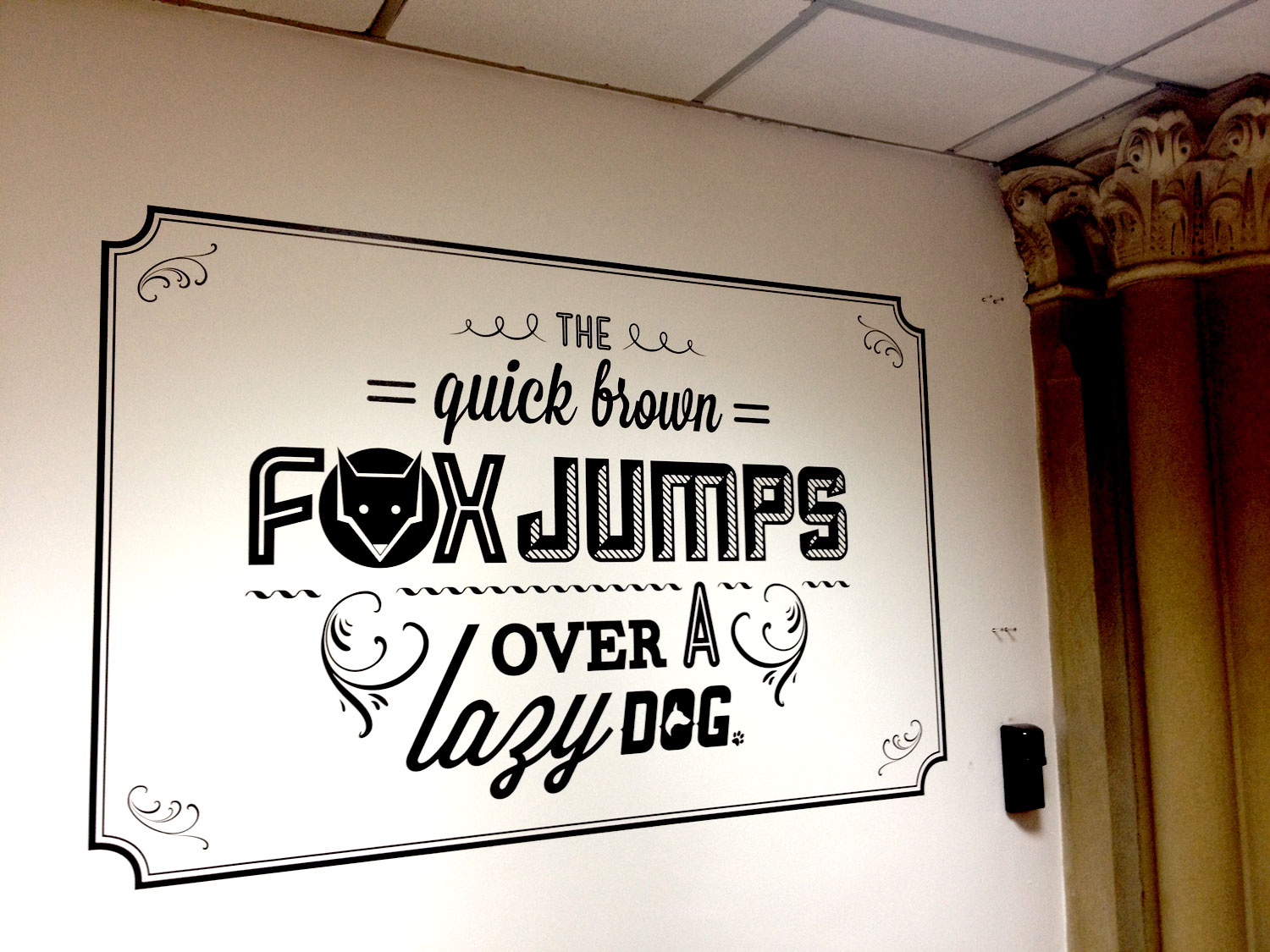
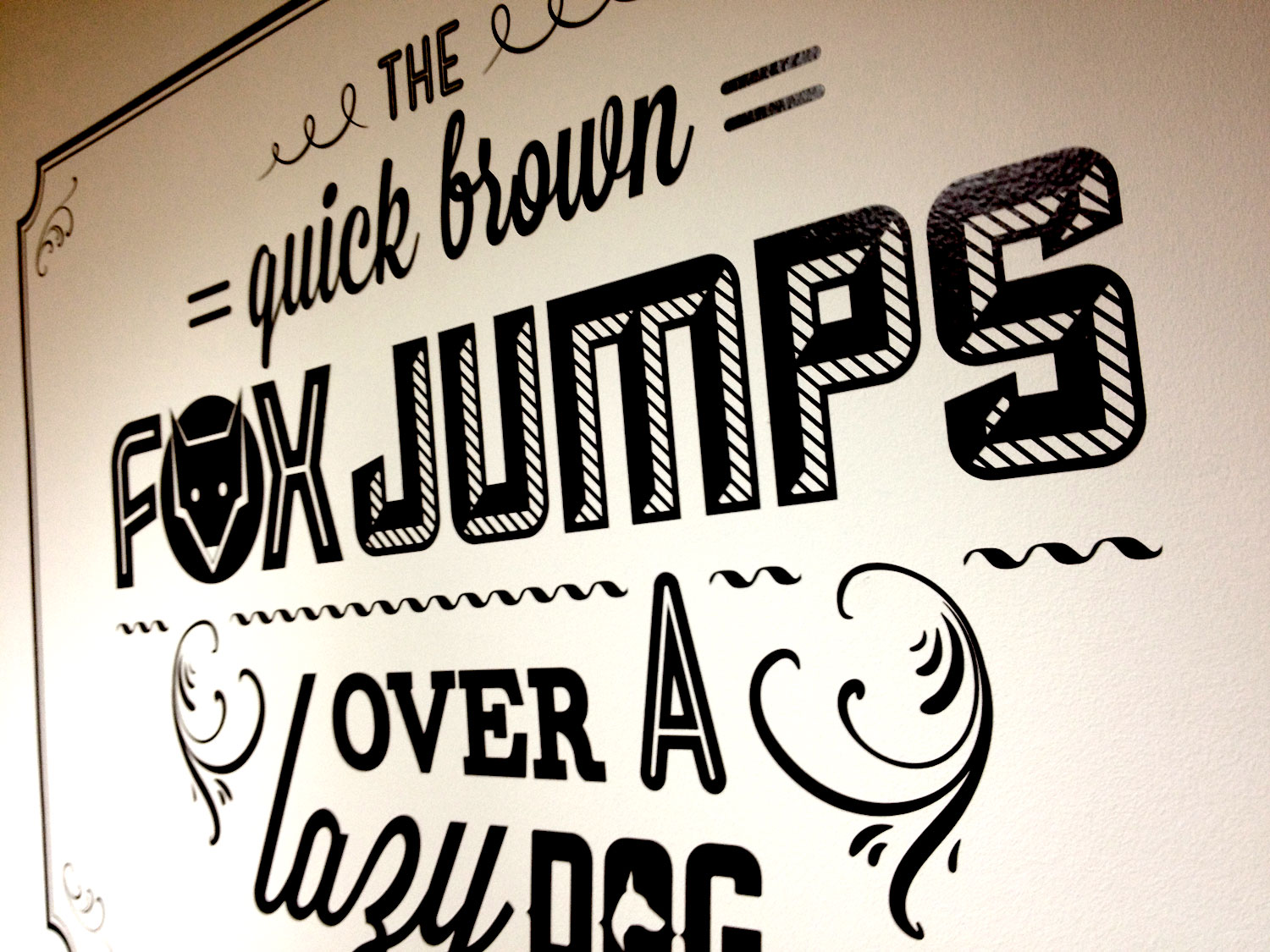
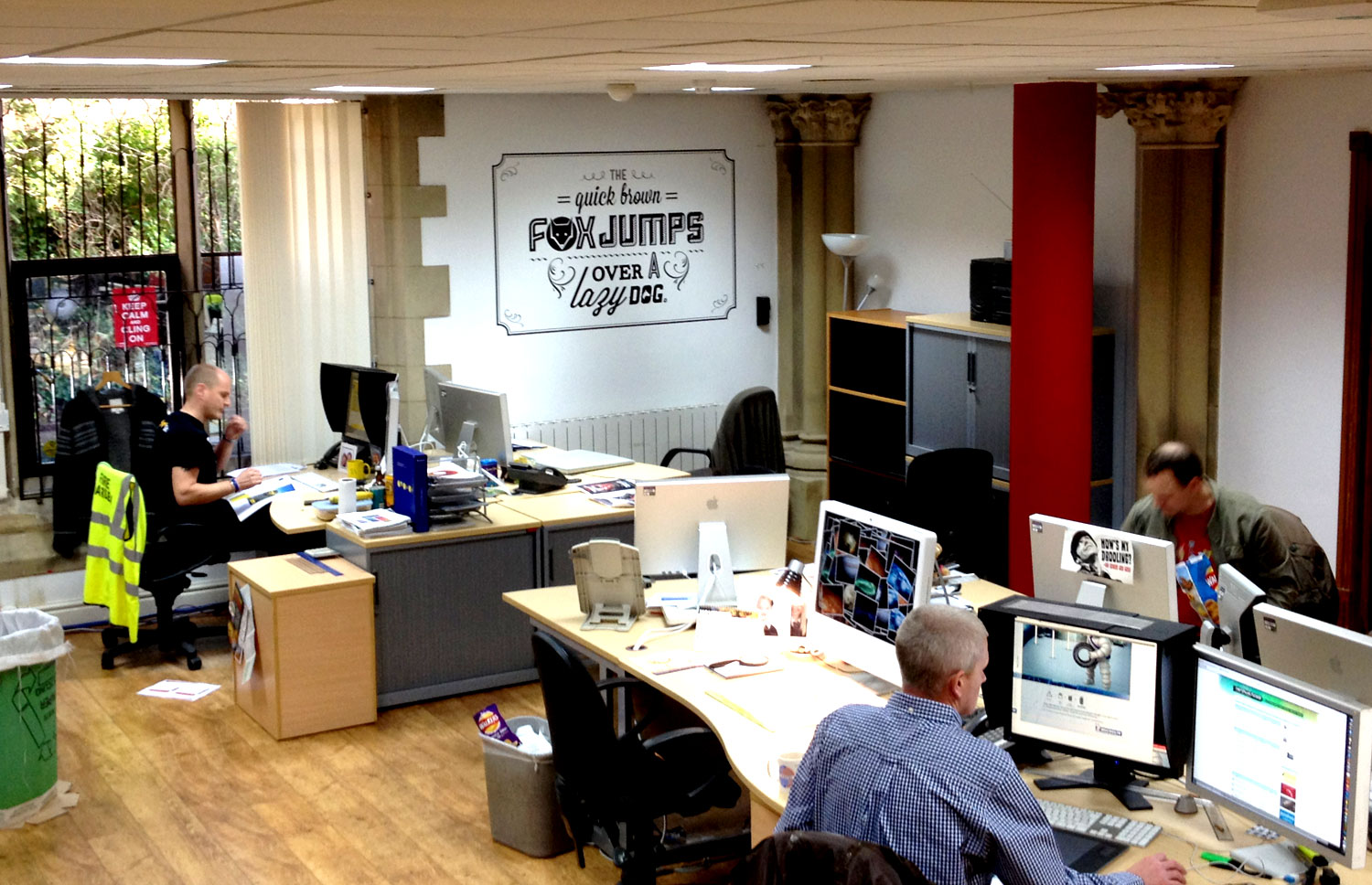







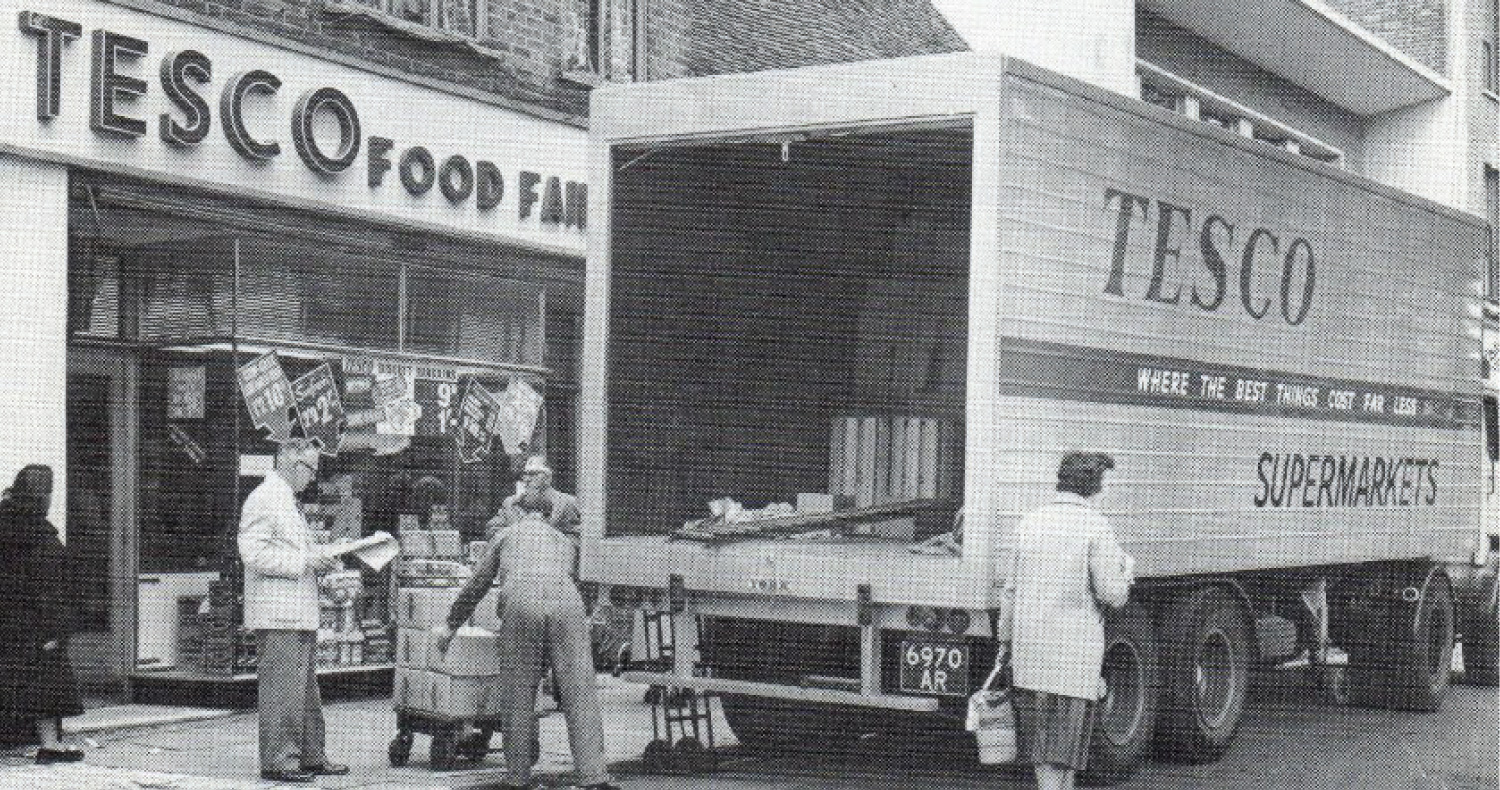

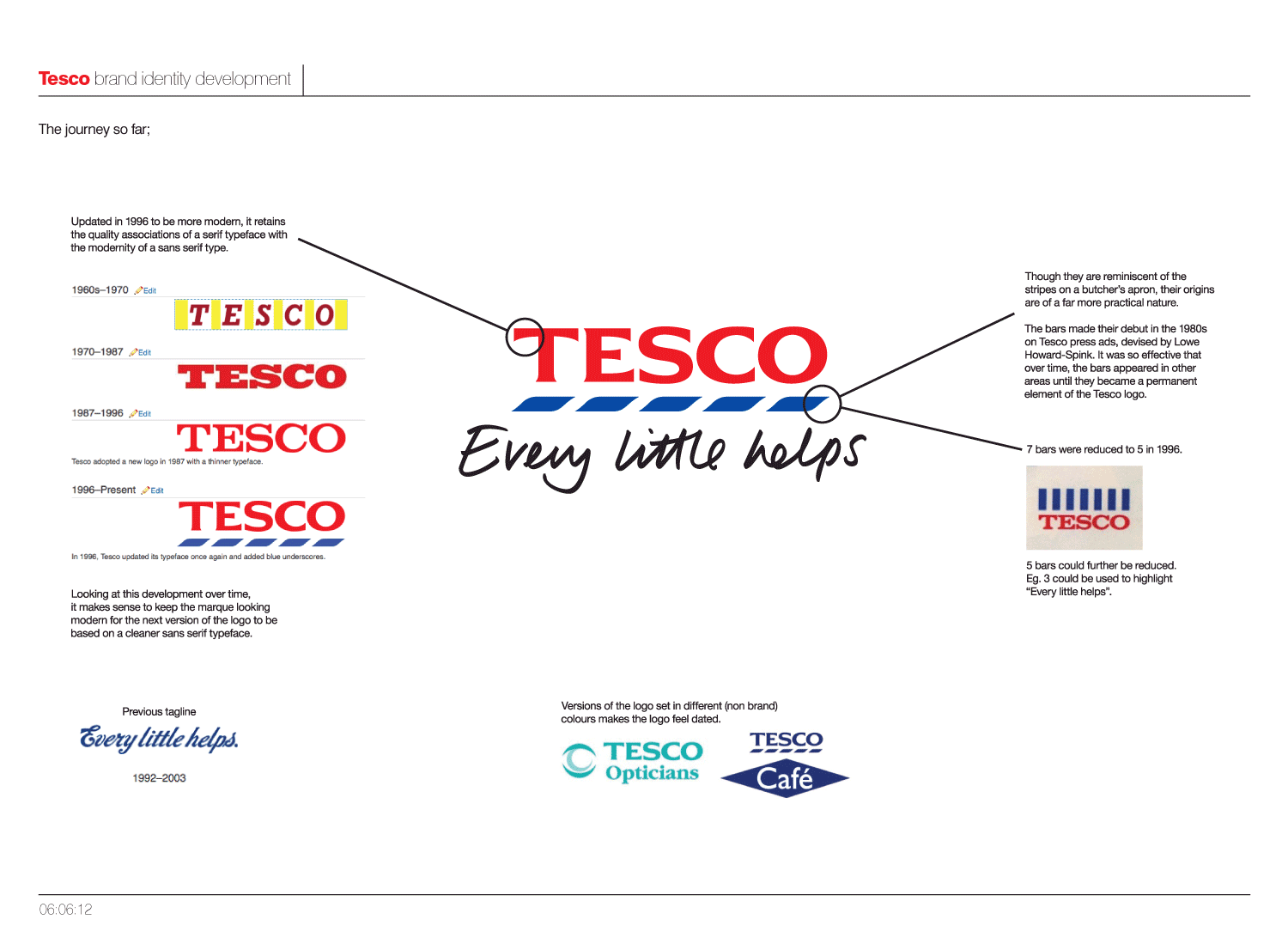

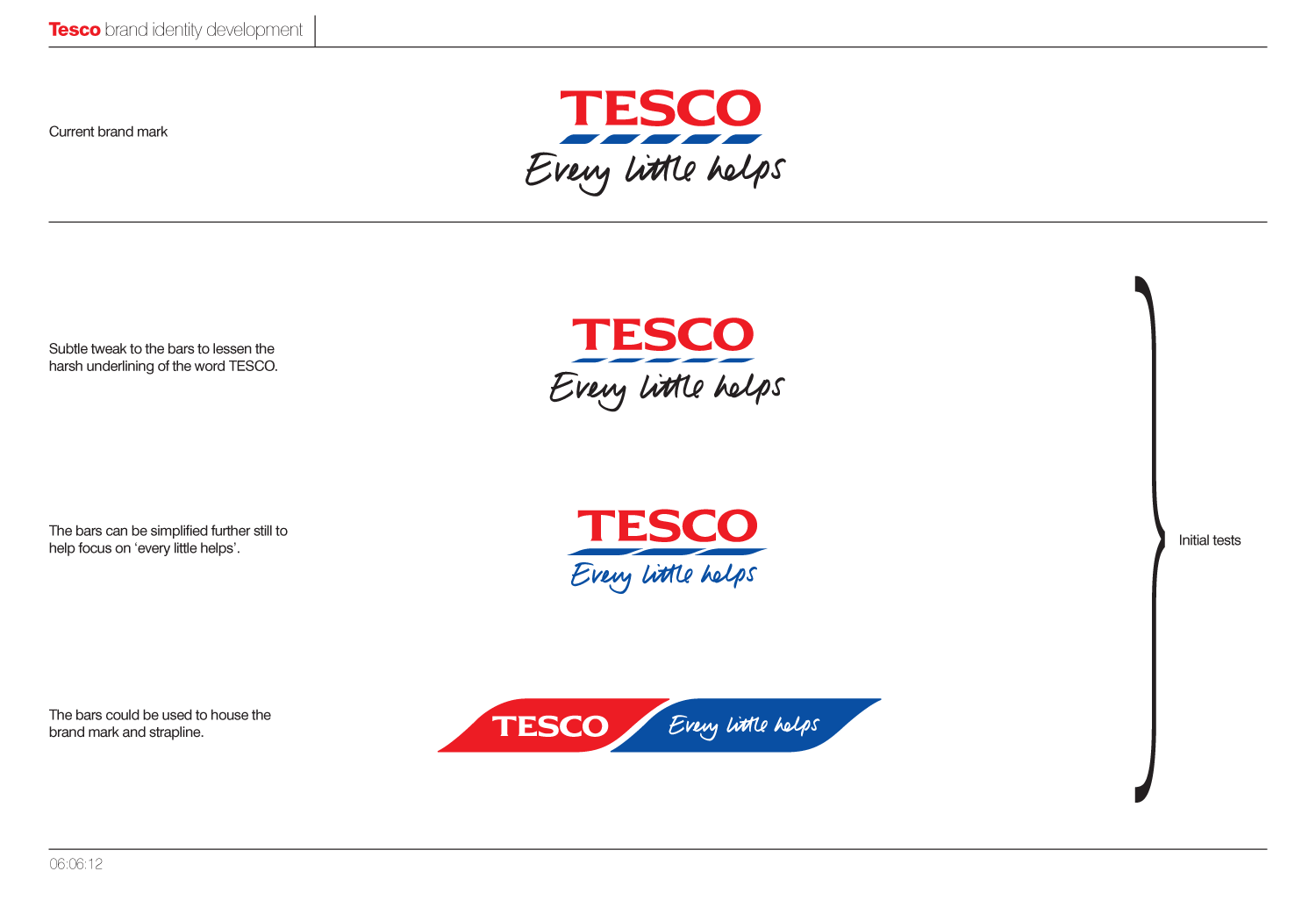



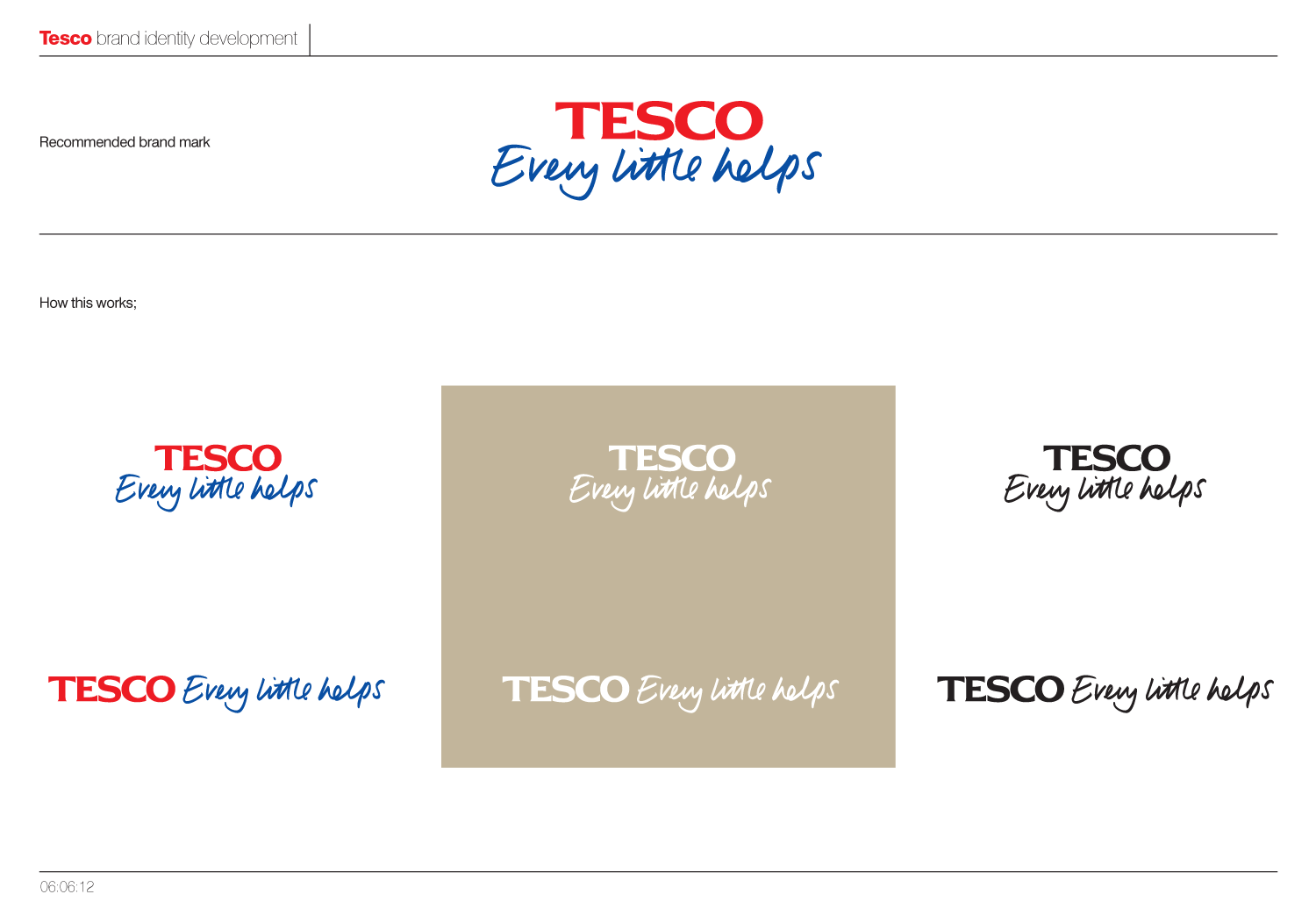
 As I said at the beginning, this was only a quick brand overview and would have been great to get to delve deeper into the details and across the huge range of sub-brands. On a another note its interesting to see W+K's take on "every little helps" in their current ads, and how it wasn't too far away from our own.
As I said at the beginning, this was only a quick brand overview and would have been great to get to delve deeper into the details and across the huge range of sub-brands. On a another note its interesting to see W+K's take on "every little helps" in their current ads, and how it wasn't too far away from our own.